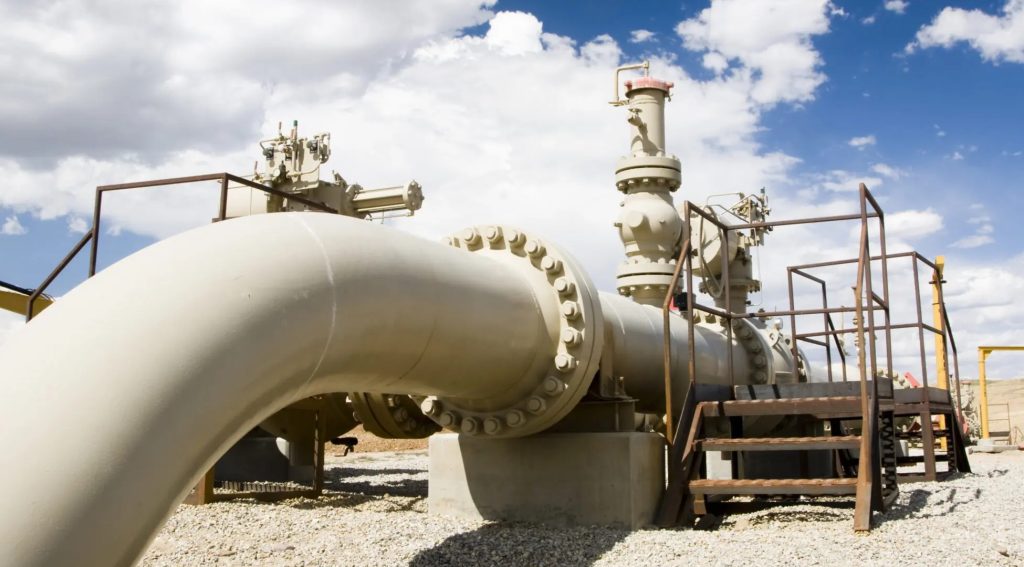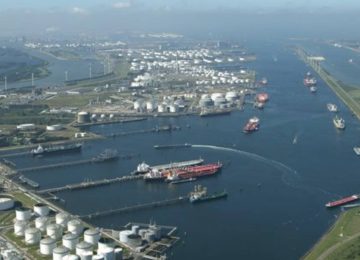India’s ambitious $89 billion pipeline of clean industry projects, crucial for its decarbonization goals, is facing significant headwinds in attracting necessary financing.
A new report reveals that despite numerous announcements, only one clean industry project has achieved a final investment decision in the past six months, raising concerns about the nation’s ability to transition to a greener economy.
Key findings:
India’s clean industry sector, encompassing 41 projects across green ammonia, hydrogen production, and sustainable aviation fuels, represents a substantial $89 billion pipeline.
However, the report highlights a stark contrast between announced projects and actual investment. Globally, approximately $1.6 trillion in clean industrial projects are currently announced but remain unfunded, with 692 out of 826 commercial-scale projects in 69 countries still awaiting financing.
In India specifically, only $13 billion in investment has been committed, a fraction of the $61 billion secured by China and $54 billion by the United States in the same sector.
The report, authored by the Mission Possible Partnership (MPP) and the Industrial Transition Accelerator, underscores that less than 15 projects are currently reaching a final investment decision every year, delaying the climate, economic, and social benefits associated with clean industrial developments.
Challenges:
The primary challenges hindering financing for India’s clean industry pipeline are multifaceted. A major bottleneck is the slow development of a market for clean commodities at the right price point. This creates uncertainty for investors regarding future revenues and profitability.
Furthermore, India faces higher costs of capital compared to developed economies, a pervasive issue stifling investments across emerging and developing nations. Policy uncertainty is also cited as a significant impediment, as inconsistent or unclear regulatory frameworks deter long-term commitments from investors. Traditional lending structures are often ill-equipped to support green projects that typically have longer payback periods and perceived lower confidence in expected returns.
Policy:
While India has set ambitious targets, including achieving net-zero emissions by 2070 and 500 GW of non-fossil fuel capacity by 2030, the report suggests a need for more robust and consistent policy support.
Current initiatives include waiving interstate transmission system charges for solar and wind power projects and allowing 100% foreign direct investment (FDI) under the automatic route. However, the report implies these may not be sufficient to de-risk projects and attract the scale of capital required.
Solutions and the way forward:
The report emphasizes the urgent need to leverage the growing appetite from development and private finance institutions for clean industry developments.
This includes exploring innovative and non-traditional financing approaches, coupled with strong financial incentives and clear policy support. Establishing a national net-zero financing alliance could foster dialogue and a sector-led financing strategy. Scaling up blended finance, which combines public and private capital, could also be crucial, particularly for nascent sectors like green hydrogen and offshore wind. Additionally, accelerating the nationwide compliance carbon market, set for 2026, could provide a strong financial incentive for decarbonization.
Author notes:
Faustine Delasalle, CEO, Mission Possible Partnership (MPP), said, “The slow development of the market for clean commodities at the right price point was a major bottleneck for investments in India.”
“The higher costs of capital are an issue stifling investment across emerging and developing economies. We need to leverage the growing appetite from development and private finance institutions for clean industry developments,” she said.











